Rewilding might sound like a buzzword, but at its core, it’s about something very simple: giving nature the space and time to heal itself.

From the return of wolves to Yellowstone to the reintroduction of wild bison in the UK, rewilding is proving to be one of the most powerful and hopeful approaches in ecological restoration. It’s not about recreating a long-lost past or removing humans from the land, but about restoring balance, resilience, and vitality to ecosystems that have been badly degraded by human activity.
Why do we need rewilding now more than ever? Because we’ve reached a critical point. According to a major report by the Intergovernmental Science-Policy Platform on Biodiversity and Ecosystem Services (IPBES), around one million species face extinction due to human actions, many within decades. Over 75% of Earth’s land surface has been significantly altered, and more than 85% of wetlands have been lost. The WWF’s 2024 Living Planet Report highlights that global wildlife populations have declined by nearly 70% since 1970.
Wilderness is vanishing.
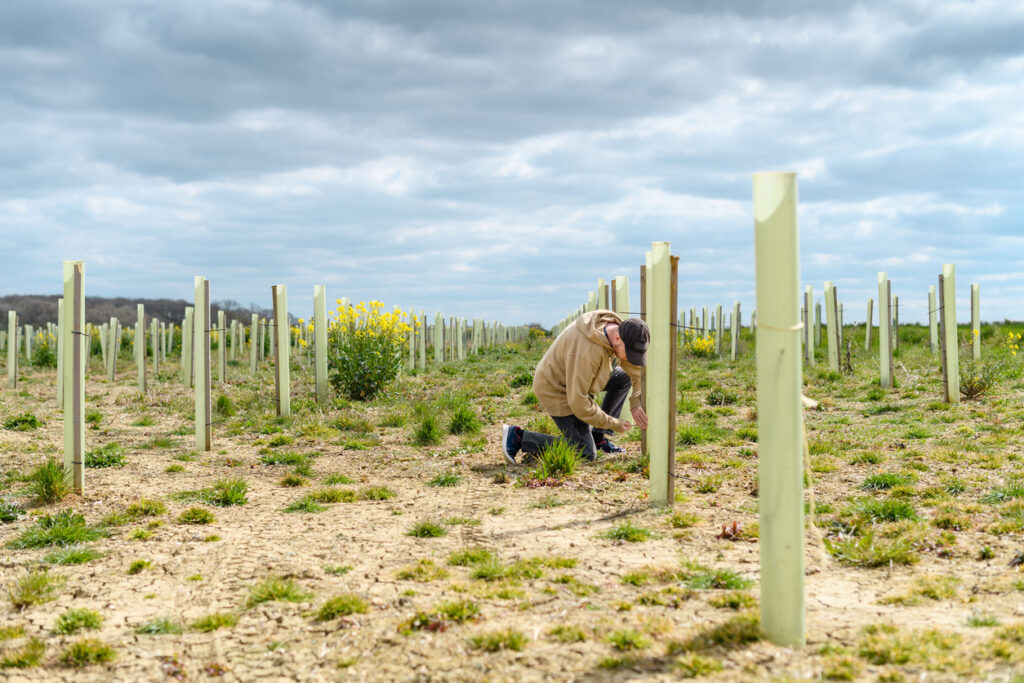
A study published in Nature (via BigThink) found that only 23% of land on Earth remains as wilderness, and most of that is fragmented and under growing pressure (Watson et al., 2016). In Europe, centuries of agriculture, deforestation, and industry have left very few truly wild spaces. In the UK, which ranks among the most nature-depleted countries in the world, just 13% of land is woodland, and much of that is made up of non-native plantations rather than diverse, native forests.
In this context, rewilding is more than a conservation trend—it’s a vital reimagining of how we interact with land, wildlife, and ecological systems. It’s about giving natural processes the freedom to unfold again and stepping back enough to let them do so. Here’s how rewilding projects are breathing life back into damaged ecosystems, and why they could shape the future of conservation.
Restoring lost species

At the heart of many rewilding projects is the reintroduction of species that once lived in the area but were wiped out due to hunting, habitat loss, or persecution. These species are often keystone species—those with an outsized influence on their environment. When they return, they help restore ecological balance.
A striking example is Yellowstone National Park. When wolves were reintroduced in the 1990s after being exterminated nearly 70 years earlier, it triggered what ecologists call a trophic cascade. With wolves back, deer populations dropped and changed their grazing habits, which allowed vegetation, especially along riverbanks, to regenerate. This, in turn, created better habitats for birds, beavers, and fish. Erosion decreased, water flow improved, and biodiversity increased across the landscape.
In Europe, bison have been reintroduced to places like Romania, the Netherlands, and Poland, where they play a role in shaping grasslands and maintaining open habitats. In the UK, beavers have returned to rivers in Scotland and England, where they’re improving water quality, reducing flooding, and creating rich wetland environments. The Knepp Estate in West Sussex has famously transformed from a struggling farm into a thriving rewilded landscape filled with nightingales, purple emperor butterflies, and rare fungi, all supported by free-roaming grazing animals.
Rebuilding natural processes
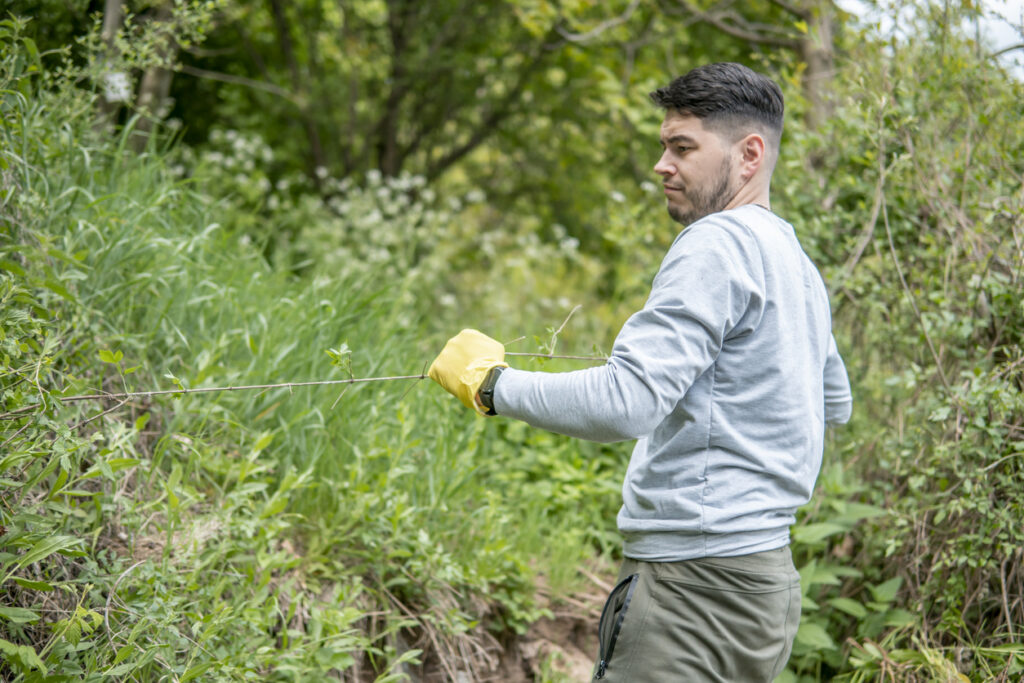
Rewilding goes beyond bringing back animals—it’s about restoring the natural rhythms and cycles that keep ecosystems functioning. That includes grazing, browsing, seed dispersal, predation, and even disturbances like fire and flood.
When these processes break down, often because humans have removed key species or managed land intensively, ecosystems lose their ability to sustain themselves. Soil becomes compacted or depleted. Forests don’t regenerate. Invasive species take over. Rewilding reintroduces the natural dynamics that keep landscapes alive.
In parts of the Scottish Highlands, efforts to regenerate native Caledonian pine forests involve reducing deer numbers to allow young trees to grow without fencing. In Portugal’s Greater Coa Valley, wild horses and cattle help maintain mosaic landscapes that support pollinators and reduce the spread of wildfires. These processes don’t require constant human input—just the right species in the right place, allowed to do what they do best.
Beavers are perhaps the ultimate ecosystem engineers. Their dam-building activities slow down rivers, create ponds, filter out pollutants, and increase water availability during droughts. Their influence supports dozens of other species and restores entire watersheds, making them invaluable allies in landscape restoration.
Creating climate resilience

Climate change is already reshaping our world, and healthy ecosystems are one of the best defences we have. Forests absorb carbon and cool the air. Peatlands store vast amounts of carbon in their soils. Wetlands manage floodwater, purify it, and create microclimates that buffer against extreme heat.
Rewilding enhances all of these functions. By restoring native woodlands, rewetting drained peatlands, and bringing back natural grazing systems, rewilding boosts the ability of landscapes to absorb carbon, regulate water, and withstand climate shocks. In some cases, the benefits are measurable. According to Rewilding Britain, nature-based restoration could help sequester up to 47 million tonnes of CO2 a year in the UK alone—about 10% of the country’s annual emissions.
In Spain and Portugal, rewilded areas with wild herbivores are acting as natural firebreaks. Grazing animals reduce fuel loads, lowering the risk of devastating wildfires that have become increasingly frequent due to hotter, drier summers.
Connecting fragmented landscapes
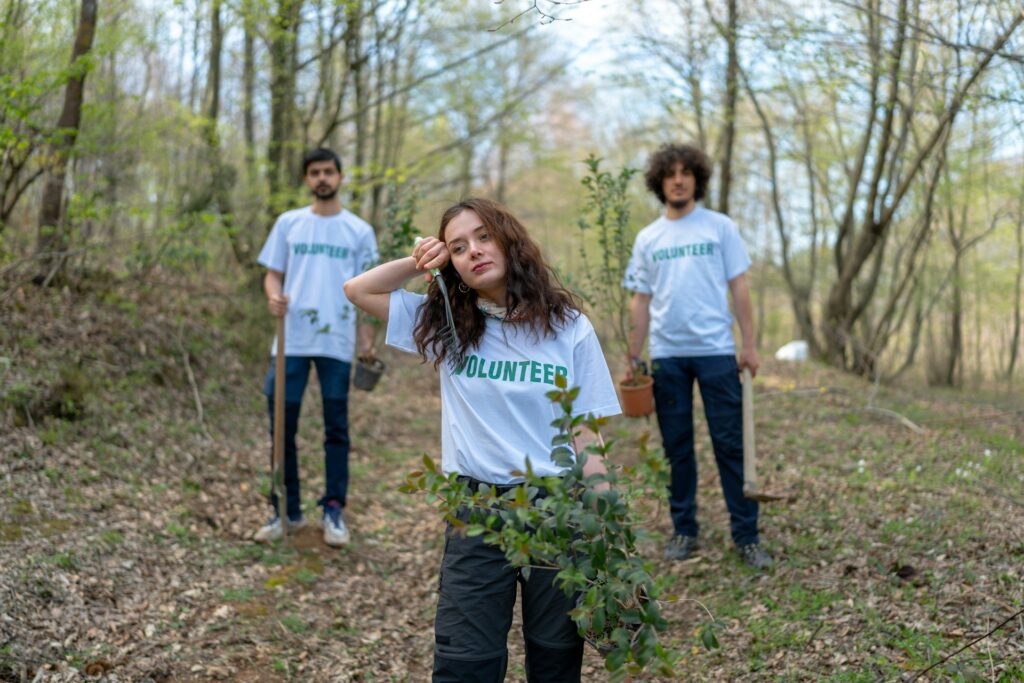
Modern landscapes are often chopped up by roads, fences, farms, and towns. These barriers isolate animal populations, block migration routes, and reduce genetic diversity. Rewilding addresses this by focusing on landscape-scale restoration and connectivity.
In Europe, the Rewilding Europe initiative works across ten key regions to link habitats, restore rivers, and support wildlife corridors. In Scotland, the Affric Highlands initiative aims to create the UK’s largest rewilded area, connecting forests, peatlands, and rivers in a patchwork of public and private land.
Connectivity also matters for pollinators like bees and butterflies, which need diverse, flower-rich habitats across wide areas to thrive. Rewilding projects that connect wildflower meadows or create woodland edges can help reverse declines in these essential species.
Supporting communities and economies

Rewilding isn’t about locking people out of nature—it’s about changing how we relate to it. When done well, it supports local communities through ecotourism, sustainable jobs, and increased resilience to climate-related risks.
In areas like the Scottish Highlands or rural Romania, rewilding is bringing in visitors keen to experience wilder landscapes. This generates income for local businesses and supports new kinds of land use, from guided wildlife tours to nature-based education and conservation work. In turn, these economic benefits help shift attitudes and build long-term support for restoration.
Many rewilding projects also include regenerative agriculture or agroforestry on their borders, proving that food production and nature recovery don’t have to be at odds.
Inspiring a cultural shift
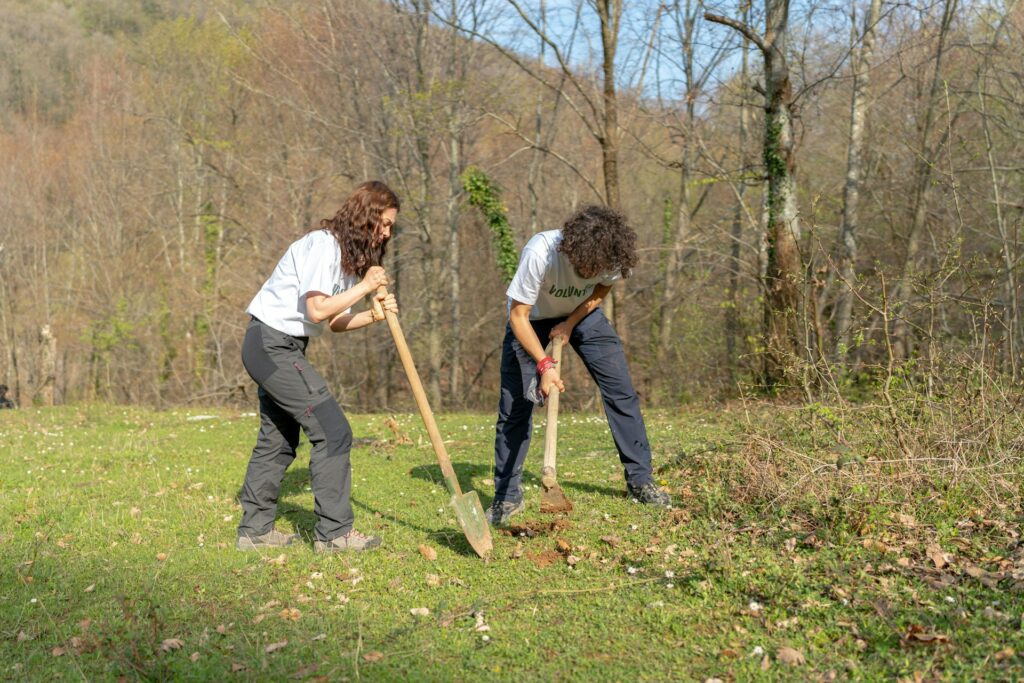
Finally, rewilding isn’t just about species or landscapes—it’s about mindset. It challenges the idea that nature needs constant management and control. It encourages humility, curiosity, and a sense of wonder. It invites us to see ourselves not as separate from ecosystems, but as part of them.
Rewilding can be personal. Planting native trees, letting a garden go wild, or supporting local habitat restoration are all acts of rewilding. So is allowing your perception of what nature “should” look like to change. Ragged edges, noisy insects, and messy wetlands are not signs of neglect. In reality, they’re signs of recovery.
It’s complicated, but worth it
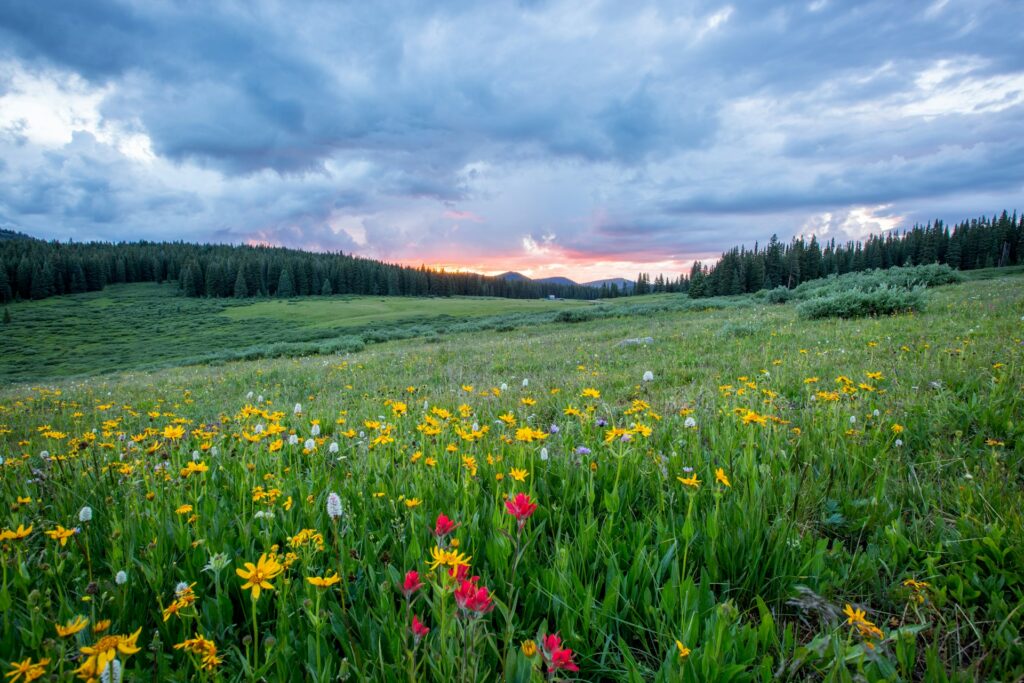
Rewilding is not a silver bullet, but it is a bold and practical response to some of the greatest ecological crises we face. It’s a way of mending what’s been broken, not by controlling nature more, but by letting it lead. It works with natural systems, not against them. And it reminds us that recovery is possible.
As the climate warms, habitats shrink, and species vanish, rewilding offers a clear message: it’s not too late. If we’re willing to step back and share space, nature will meet us halfway. We just need to give it the chance.